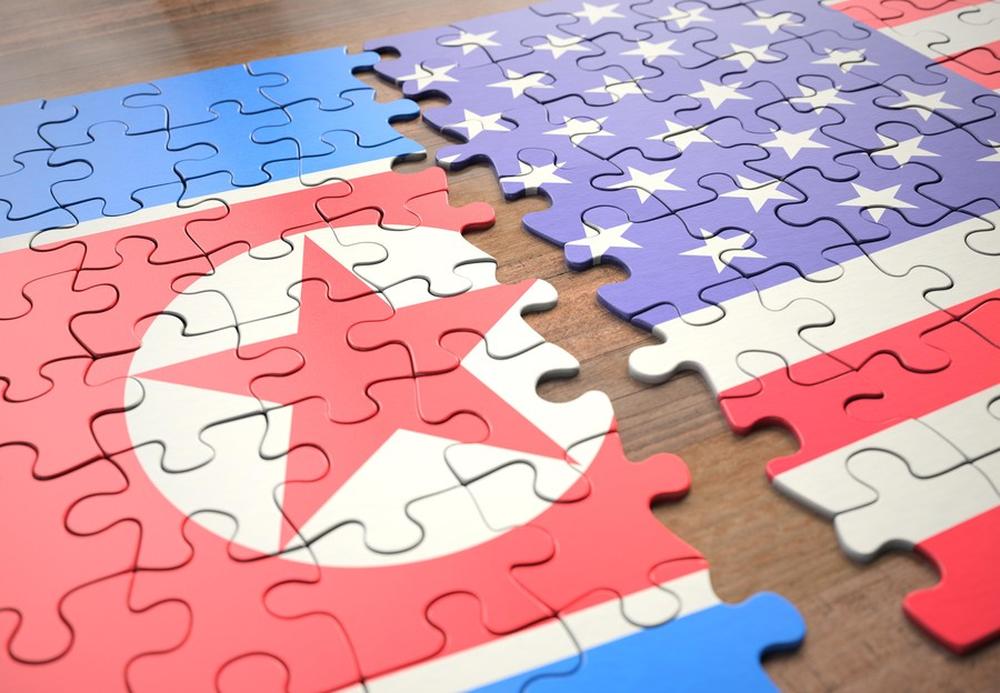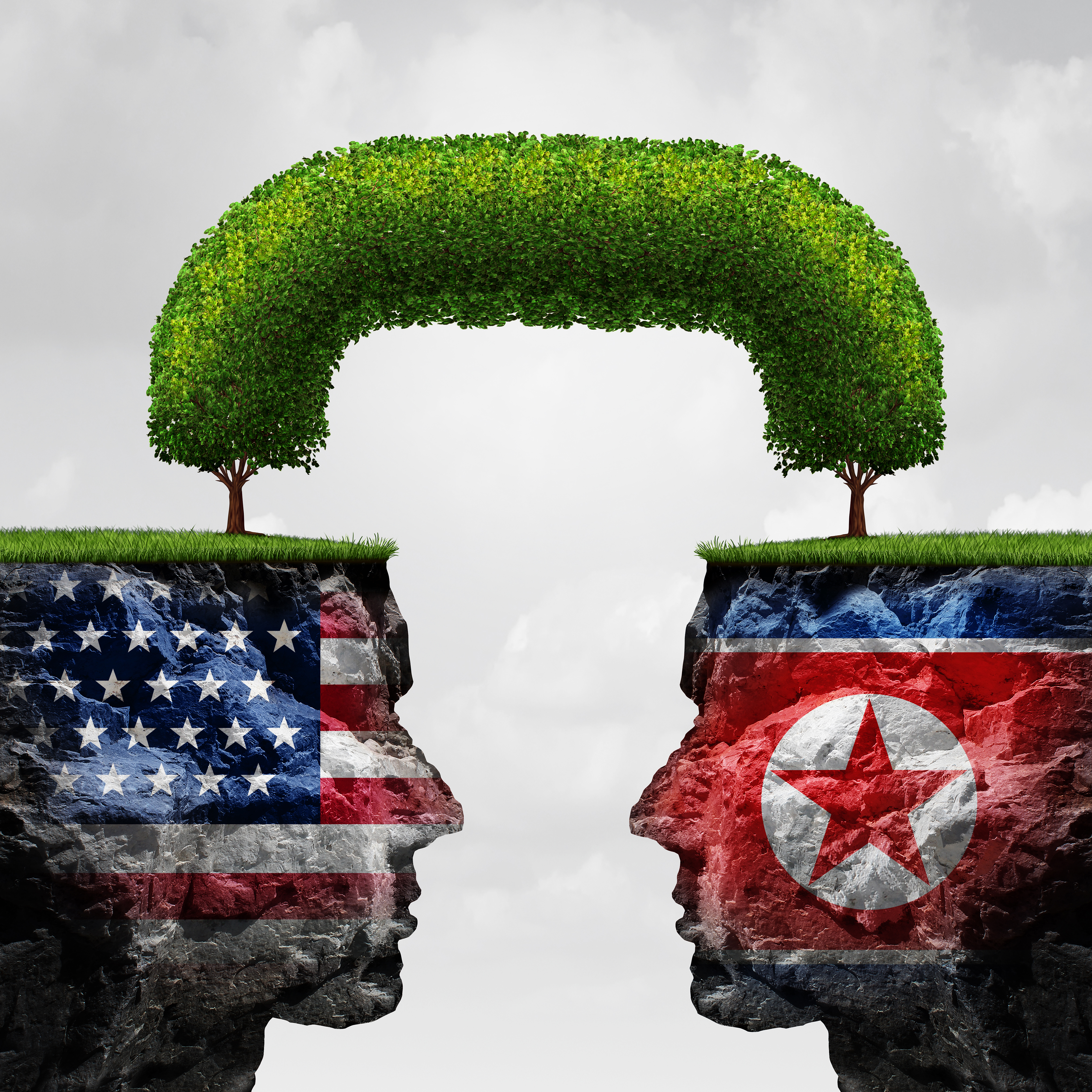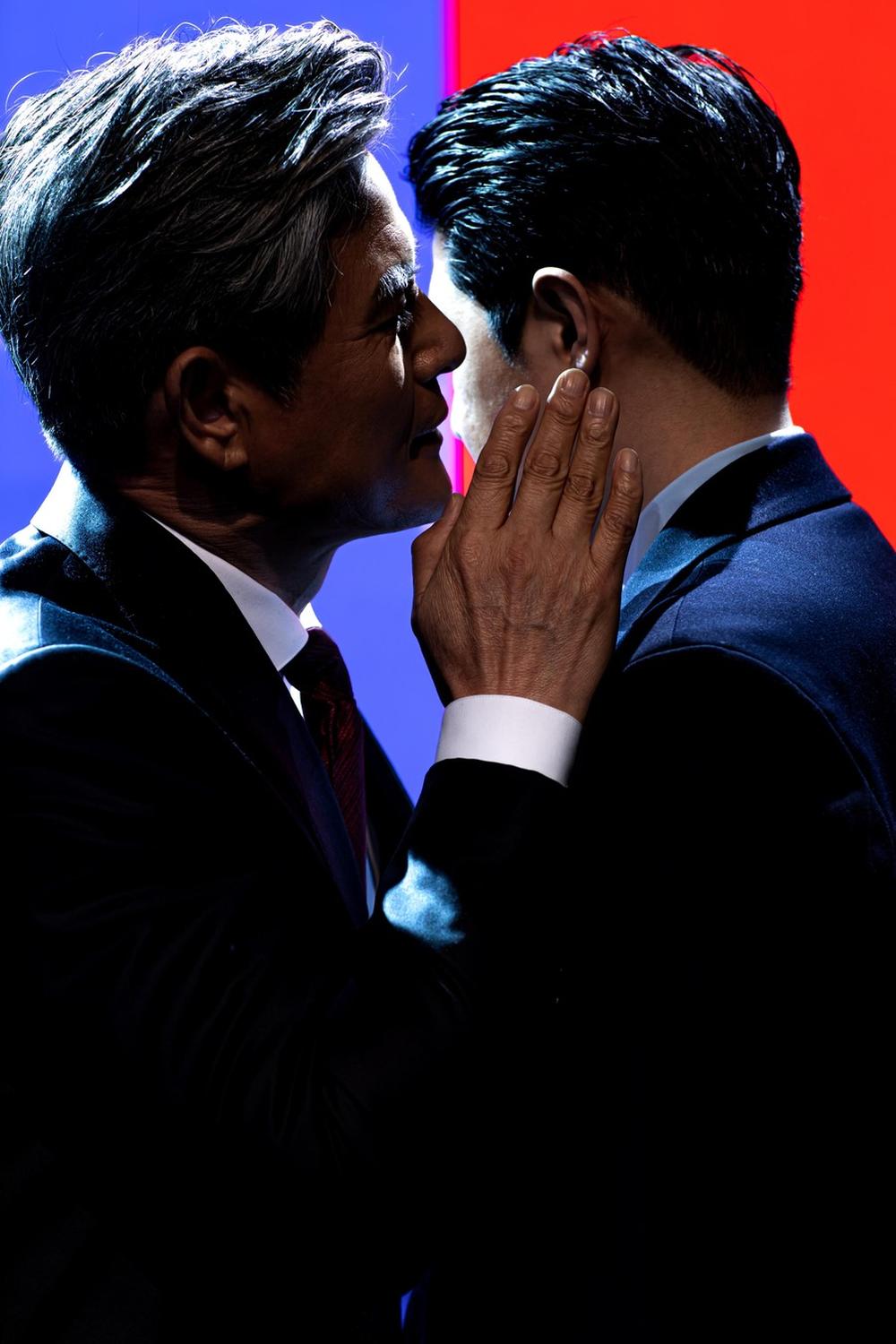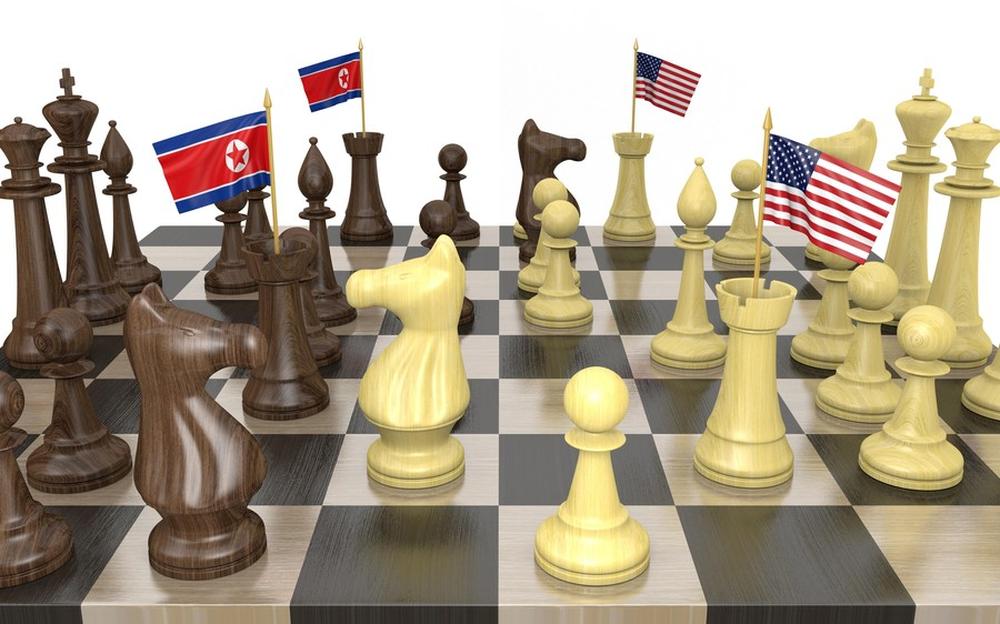- #North Korea
- #US Foreign Policy

What will it take to jumpstart nuclear negotiations with a reluctant North Korean counterpart? This is the geopolitical question currently vexing both the Republic of Korea and the United States. Since coming to office in January, the Biden administration has reached out to North Korean diplomats on several occasions (at least four times that have been publicly acknowledged). Each time, North Korea has spurned American outreach. After completing its North Korea policy review in April, moreover, U.S. officials stressed pragmatism in their search for engagement with Pyongyang, which the North dismissed as insincere.
Many in Washington have quite reasonably concluded that North Korea simply isn’t interested in engagement. This is wrong – Pyongyang isn’t interested in America’s terms of engagement but changing the context will change the appeal. The question is how to change the context in a manner that will break the nuclear stalemate. The answer, inevitably, is crisis or compromise.
The Crisis Path
North Korean diplomats are infamous for being tough negotiators, and after a short feeling-out period, North Korea has greeted every new American president since the end of the Cold War with a hard-line stance. Sometimes that confrontational posture has spilled into crisis. In 2009, for example, U.S. diplomats in the Obama administration probed bilaterally for a resumption of the Six-Party Talks but were disrupted by an North Korean intercontinental ballistic missile test in April that year, as well as a nuclear test the following month. In 2017 too, the United States and North Korea came close to starting bilateral nuclear diplomacy before having it scuppered by the confrontational mode of both sides. The immediate source of diplomacy-killing hostility was North Korea’s disturbingly public assassination of Kim Jong Nam in a Malaysian international airport. But that was soon followed by illegal missile tests that spiralled into an escalating tit-for-tat of threats and insults that came to define 2017 as a year of living at the brink of nuclear war.
Given this history, it’s not entirely surprising that North Korea would adopt a bristly posture toward America’s modest diplomatic overtures. And in keeping with the proverb that “the soil firms after the rain,” crisis has often morphed into diplomacy. This is one way of understanding the highly contingent shift from the worst nuclear crisis the Korean Peninsula has ever seen in 2017 to the most high-profile summit diplomacy the Peninsula has ever seen the following year – the bigger the crisis, the bigger the subsequent diplomacy. Put differently, there is a historical record that might lead Kim Jong Un to conclude that perceived hostility from the United States ought to be met with hostility (or worse) in kind because if a clash of wills results in risks of war, eventually that crisis will give way to diplomacy.
But the path of progress that runs through crisis is a perverted one, and one that presumably both the United States and the Republic of Korea would prefer to avoid. Indeed, the low-key approach that the Biden administration has so far pursued suggests that America’s priority is in fact not denuclearization but the avoidance of drama. President Biden has innumerable and existential problems he must contend with regardless of what’s happening in Korea; the last thing he needs is a preventable nuclear crisis.
The Compromise Path
The alternative to crisis-as-progress, however, is strategic accommodation of North Korean concerns packaged as part of an effort to change the overall relationship. American policymakers have a tendency to think that adversary accommodation can only come through hard-fought negotiations; tit-for-tat. From a U.S. perspective, the Biden administration’s emphasis on “practical diplomacy” as well as aversion to inflammatory rhetoric and insults should be sufficient gestures to assure North Korea that the United States is willing to show some flexibility. But this is why US policy fails.
As a superpower trying to disarm a much smaller adversary, there is no prospect of reaching some nuclear bargain based on reciprocity without first creating conditions for such deal-making. You have to have a strategy to make tit-for-tat possible. I have previously written in great detail how to do this; the short version is that the United States must make some early concessions as part of a larger evolution of the relationship with North Korea. Partial or conditional sanctions relief must be part of that transfiguration, but sanctions relief alone won’t change a thing.
The United States must be willing to push off the goal of denuclearization indefinitely, curb nuclear-capable bomber deployments and military exercises, issue statements of reassurance and benign intent, expand engagement beyond diplomacy, consider declaring an end to the Korean War, and numerous other initiatives. Taken individually, these moves would change nothing about the situation with North Korea. Combining them (and others) in creative ways will unlock new possibilities in nuclear negotiations precisely because they credibly communicate an intent to proceed differently than in the past.
The Republic of Korea has play in all this too. Pursuing such a novel approach to North Korea requires consulting in advance with Seoul. But as long as ROK agrees, nothing should be off the table when it comes to North Korea policy. The Republic of Korea might even be able to bridge U.S.-North Korea talks by facilitating some of the accommodative gestures North Korea would seek in order to return to the negotiating table. But ultimately, the United States has do so as well. The Republic of Korea cannot bridge Pyongyang to Washington if the superpower in that relationship is unwilling to do things differently.
And this is the immediate problem. Because the Biden administration has done none of the things needed to change the relationship and has shown no sign of being willing to do them, there are no U.S.-North Korea talks. From Kim Jong Un’s perspective, there is simply no great urgency to engage a United States that exhibits little willingness to depart from America’s historical posture toward the North.
In fairness to North Korea’s domestic circumstances, not everything is about the United States and the Republic of Korea. Kim Jong Un has non-geopolitical reasons to be inward-looking at the moment. With the exception of needing to build out a survivable nuclear deterrent, Kim Jong Un’s priority since coming to power has been economic development. That imperative is even more intense now that North Korea is suffering a level of economic hardship that it has not endured since the extreme famine days of the 1990s. It is also being ravaged by COVID-19. Although Kim Jong Un still seeks sanctions relief from the United States and the international community, he would be a fool not to manage the most immediate threats to his rule, which are internal, not external.
But Kim’s internal focus does not mean the United States and the Republic of Korea are helpless. If they’re serious about breaking the nuclear stalemate, they must change the terms of engagement in a way that signals we have learned from history and this time really is different. But it’s unclear if Washington in particular has the political will to change.
Dr. Van Jackson is an American professor of international relations at Victoria University of Wellington, a distinguished fellow at the Asia Pacific Foundation of Canada, and senior associate fellow at the Asia-Pacific Leadership Network for Nuclear Non-Proliferation and Disarmament. He is also the author of On the Brink: Trump, Kim, and the Threat of Nuclear War (Cambridge University Press, 2018). From 2009 to 2014, he served in several strategy and policy positions in the Office of the Secretary of Defense.


